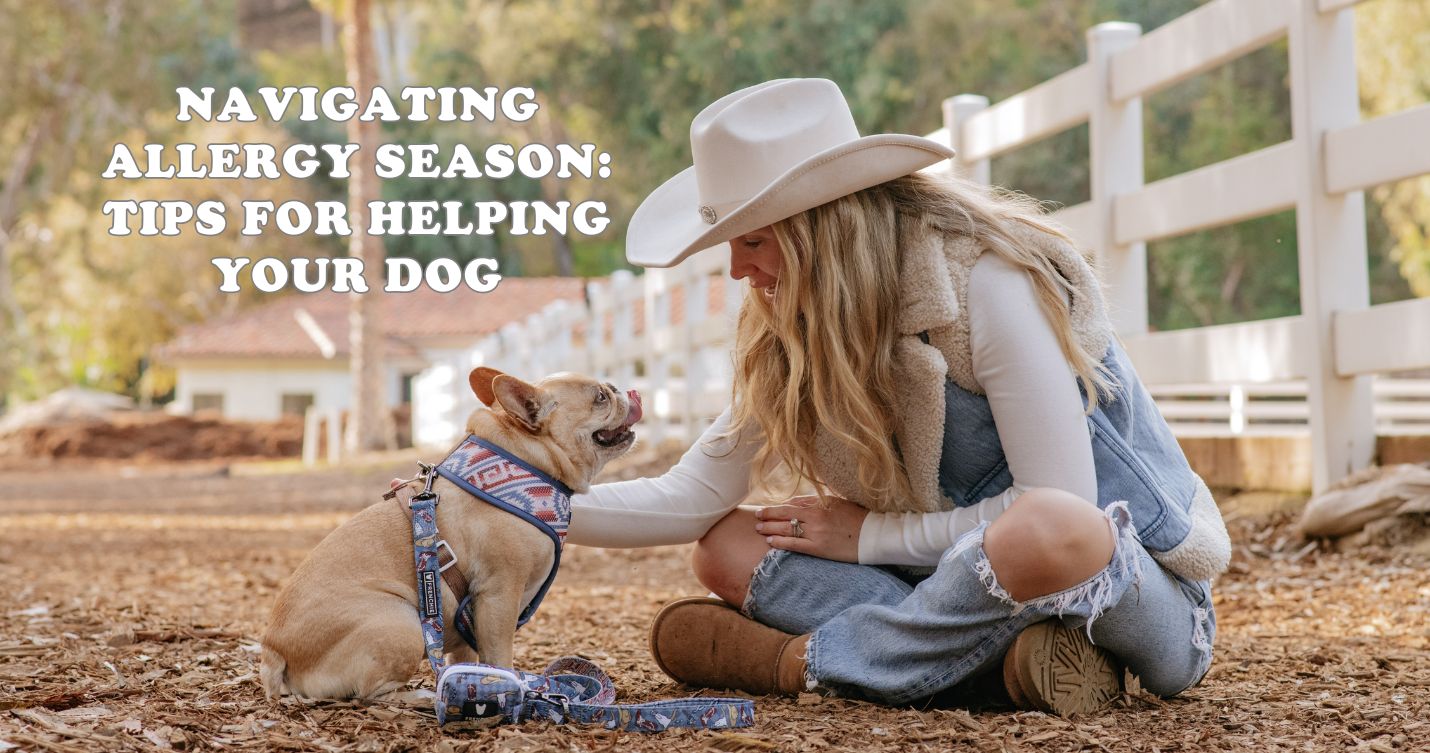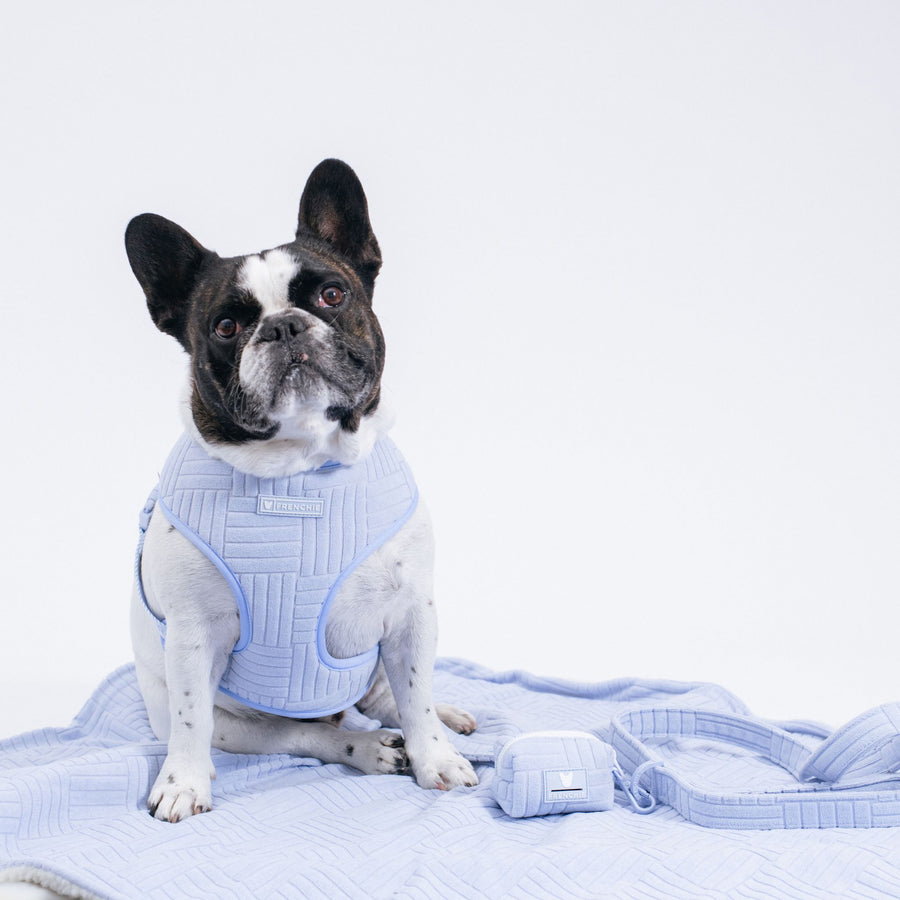Navigating Allergy Season: Tips for Helping Your Dog

As the seasons change, so do the allergens swirling in the air, causing discomfort not only for us but also for our furry companions. Just like humans, dogs can suffer from allergies, and the transition into allergy season can be particularly challenging for them. As a responsible pet owner, it's important to be aware of the signs of allergies in dogs and take proactive steps to alleviate their discomfort. In this blog post, we'll explore common allergens affecting dogs, signs of allergies, and practical tips to help your canine companion navigate allergy season with ease.
Identifying Common Allergens:
- Pollen: Pollen from trees, grasses, and weeds can trigger allergic reactions in dogs, just as it does in humans.
- Mold: Mold spores thrive in damp environments, such as piles of leaves or areas with poor ventilation, and can exacerbate allergy symptoms in dogs.
- Dust Mites: These microscopic critters can be found in bedding, carpets, and upholstery, leading to allergic reactions in sensitive dogs.
- Insect Bites: Flea saliva and bites from other insects like mosquitoes can cause allergic reactions in dogs, resulting in itching and discomfort.
- Food Allergies: Certain ingredients in your dog's food, such as wheat, soy, or certain proteins, can trigger allergic reactions.
Signs of Allergies in Dogs:
- Excessive Scratching: If you notice your dog scratching more than usual, especially around their ears, paws, or belly, it could be a sign of allergies.
- Chronic Ear Infections: Allergies can lead to ear inflammation and infections in dogs, characterized by redness, odor, and discharge.
- Skin Irritation: Redness, hot spots, and flaky skin can indicate allergic dermatitis in dogs.
- Watery Eyes and Sneezing: Just like humans, dogs may experience watery eyes, sneezing, and nasal congestion in response to allergens.
Tips for Helping Your Dog During Allergy Season:
- Regular Grooming: Bathing your dog with a hypoallergenic shampoo can help remove allergens from their fur and skin.
- Clean Living Environment: Regularly vacuuming, washing bedding, and keeping indoor spaces clean can reduce the buildup of allergens like dust mites and mold.
- Limit Outdoor Exposure: Try to avoid walks during peak pollen times and keep your dog indoors on windy days when allergens are more likely to be airborne.
- Dietary Management: Consult with your veterinarian to identify and eliminate potential food allergens from your dog's diet.
- Medication and Supplements: Your vet may prescribe antihistamines, steroids, or other medications to alleviate your dog's allergy symptoms. Additionally, omega-3 fatty acids and other supplements may help support your dog's skin health and immune system.
Consulting Your Veterinarian: If you suspect that your dog is suffering from allergies, it's essential to consult with your veterinarian for proper diagnosis and treatment. Your vet can conduct allergy testing to pinpoint specific triggers and recommend an appropriate management plan tailored to your dog's needs.
By staying informed about common allergens, recognizing the signs of allergies in dogs, and implementing proactive measures to minimize exposure, you can help your canine companion enjoy a happier, healthier allergy season. Remember, a little extra care goes a long way in ensuring your dog's well-being amidst the pollen-filled air.






Leave a comment